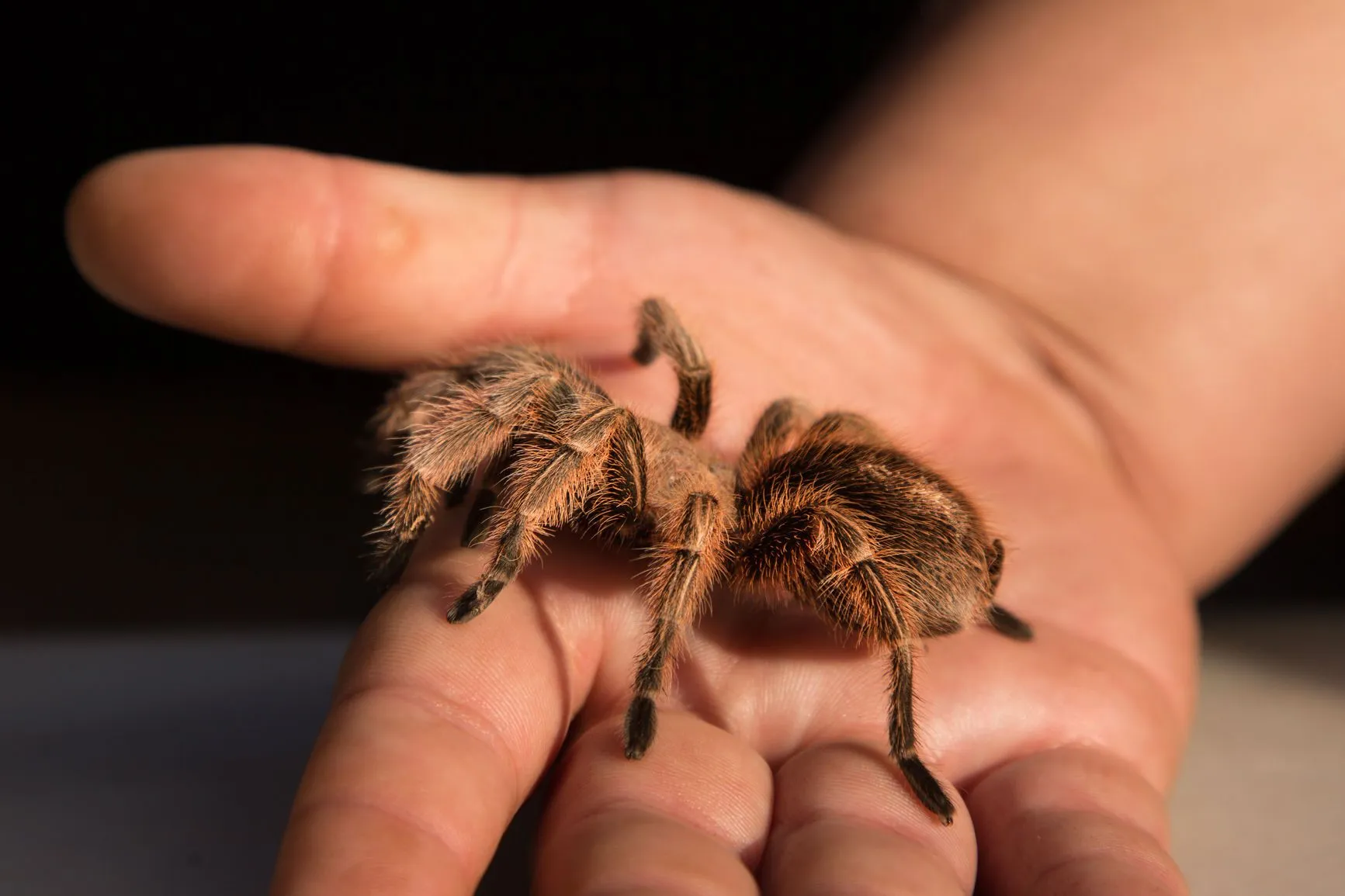Tarantula Care 101 An Introduction
Welcome to the fascinating world of tarantulas! These captivating creatures, often misunderstood, can make surprisingly rewarding pets. This beginner’s guide, “Tarantula Care 101”, will walk you through everything you need to know about providing a healthy and happy life for your eight-legged friend. From choosing the right species to understanding their unique needs, this guide is your starting point for becoming a responsible tarantula owner. Get ready to explore the wonders of tarantula care, and discover why these arachnids are becoming increasingly popular pets. This journey will cover all the essential aspects of their care, allowing you to create an enriching environment for your tarantula.
Choosing Your First Tarantula Species
Not all tarantulas are created equal, especially for beginners. Some species are more docile, hardier, and easier to care for than others. When selecting your first tarantula, consider factors like temperament, size, and venom potency. Researching different species is critical. Look into their natural habitats and understand the specific requirements of each species. This will help you create a suitable environment. Consider a species with a calm temperament and manageable size to reduce the risk of handling issues. Choosing a less venomous species can also provide more peace of mind, allowing you to handle your tarantula with greater confidence. This process will also allow you to get to know your tarantula on a personal level.
Popular Beginner Tarantula Species
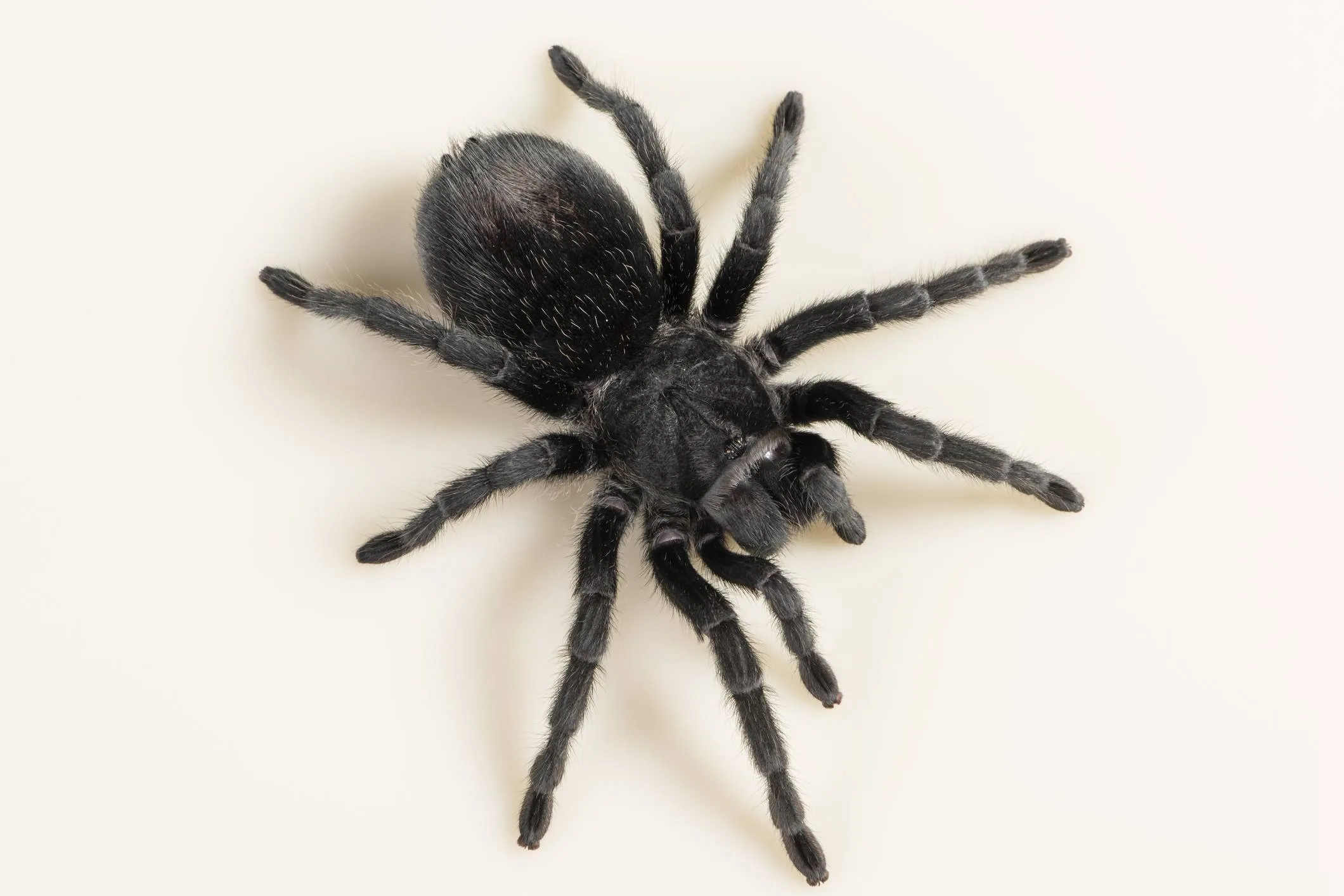
Several tarantula species are highly recommended for beginners due to their docile nature and ease of care. The Chilean rose hair tarantula (Grammostola rosea) is a classic choice, known for its gentle temperament and relatively low maintenance requirements. The Pinktoe tarantula (Avicularia avicularia) is another option, known for its vibrant colors and arboreal lifestyle. The Mexican red knee tarantula (Brachypelma hamorii) is another popular choice, known for its striking markings and relatively calm demeanor. These species are generally less prone to biting and possess less potent venom, making them ideal for new owners. Before acquiring any tarantula, make sure to research their specific care needs and ensure you are prepared to meet them, from the right temperature to the humidity levels.
Understanding Tarantula Behavior
Understanding your tarantula’s behavior is essential for providing proper care and ensuring your safety. Tarantulas can exhibit a range of behaviors, including defensive postures, feeding responses, and molting preparations. Observe your tarantula closely, as their actions provide valuable insights into their health and well-being. Learn to recognize signs of stress or discomfort, such as leg twitching or the lifting of the front legs. Understanding these behaviors will allow you to adjust the environment and handling techniques to reduce stress. Feeding habits can also provide clues about health, a tarantula that suddenly stops eating may be preparing to molt or could be unwell. Knowing these behavioral signs will give you the insight you need.
Setting Up the Perfect Tarantula Enclosure
Creating the perfect enclosure is crucial for your tarantula’s health and happiness. The setup should mimic their natural habitat, providing the necessary conditions for survival and well-being. Consider the species-specific requirements and preferences of your tarantula when designing the enclosure. The enclosure should offer enough space for movement and exploration. It should also provide hiding places, such as cork bark or artificial plants, where your tarantula can feel safe and secure. Temperature, humidity, and ventilation are essential components. A properly designed enclosure will contribute to the overall health and longevity of your pet tarantula.
Choosing the Right Tank

The size and type of tank you choose depend on your tarantula’s species and size. For terrestrial species, a horizontal tank with ample floor space is suitable. Arboreal species need taller tanks, allowing them to climb and explore. Ensure the tank is escape-proof, with a secure lid and no gaps. Glass or acrylic tanks are excellent choices, offering clear visibility and easy cleaning. A tank should be large enough to accommodate the tarantula’s full size, as well as any substrate, hides, and decorations. Choose a tank material that holds heat and humidity well, creating a stable environment for your pet. Ventilation is important to prevent mold and allow air circulation, so make sure there are holes in the top.
Substrate Selection
The substrate, or bedding, serves multiple purposes. It provides a surface for your tarantula to walk on, helps maintain humidity, and allows them to burrow if they choose. Popular substrates include coconut fiber, peat moss, and vermiculite. Avoid using substrates that can be harmful, such as sand or gravel. The depth of the substrate depends on the species, with burrowing species requiring a deeper layer. Ensure the substrate is clean and free from contaminants. Replace the substrate regularly to maintain hygiene and prevent mold growth. Maintaining the substrate properly will keep your tarantula healthy and ensure it is living comfortably in its environment. The substrate should also retain moisture.
Temperature and Humidity Control
Tarantulas require specific temperature and humidity levels to thrive. Use a thermometer and hygrometer to monitor the conditions in the enclosure. Most species thrive in temperatures between 75-85°F (24-29°C). Maintain the correct temperature by using a heat mat or ceramic heat emitter. Humidity levels vary depending on the species, but most tarantulas require a humidity level between 60-80%. You can increase humidity by misting the enclosure with water or by providing a water dish. Avoid direct sunlight, which can overheat the enclosure. Regularly monitor and adjust the temperature and humidity to meet the specific needs of your tarantula, ensuring a comfortable living environment. Consistent monitoring is key.
Essential Tarantula Feeding Guide
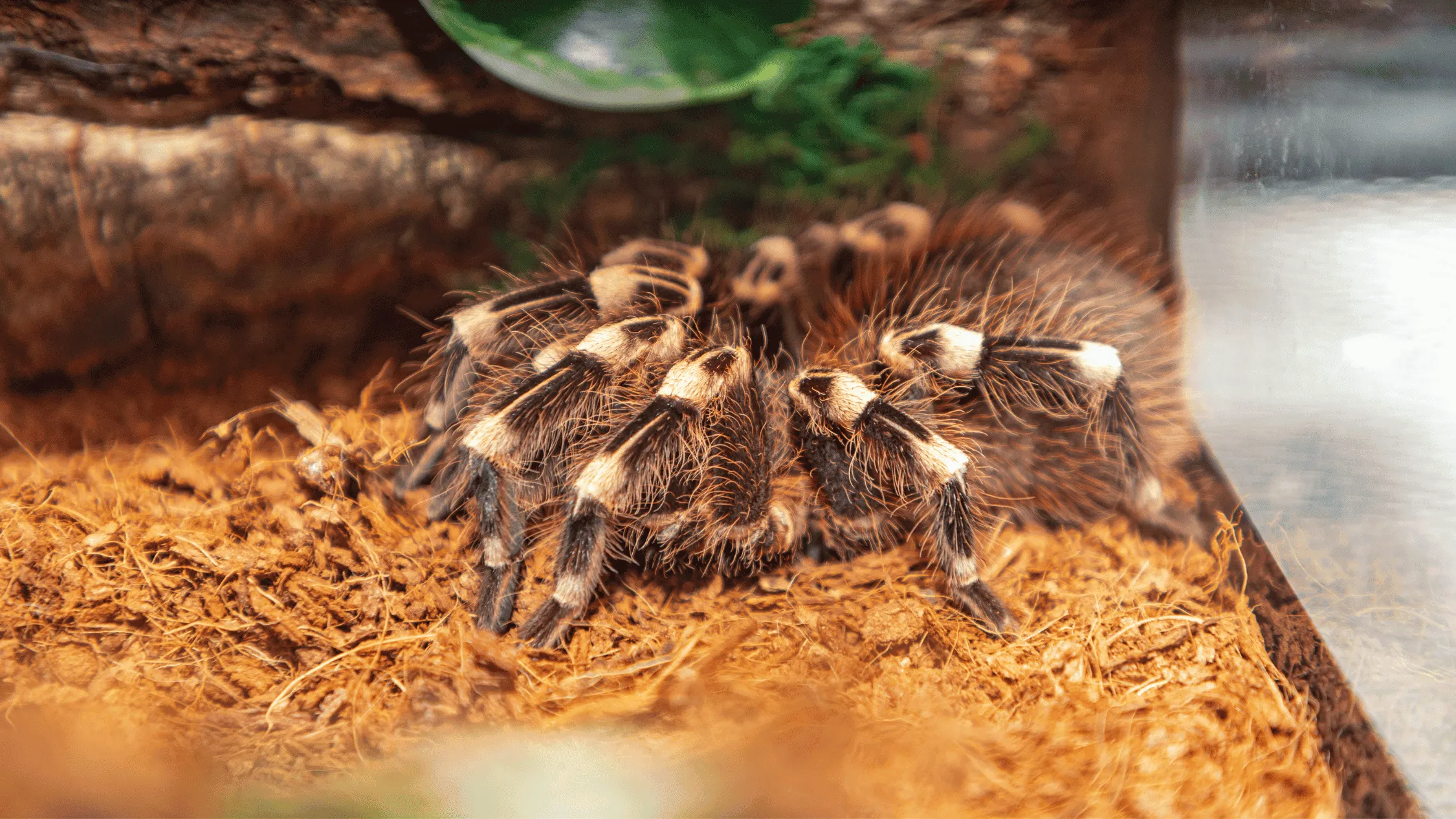
Proper nutrition is critical for your tarantula’s health and growth. Tarantulas are carnivores, primarily feeding on insects. Providing a balanced diet is necessary to ensure they receive the nutrients they need. Understanding their dietary needs and feeding habits is essential for their well-being. Different species have specific dietary requirements, so it’s important to research your tarantula’s needs. Offering a variety of insects ensures a balanced diet, supporting their overall health. Always ensure the food items are safe, and of appropriate size. Regularly observe your tarantula’s feeding habits to ensure they are eating well.
What Tarantulas Eat
The staple diet for tarantulas consists of insects such as crickets, mealworms, roaches, and superworms. The size of the insects should be appropriate for the tarantula’s size. Avoid feeding your tarantula wild-caught insects, as they may carry parasites or pesticides. Gut-load the insects before feeding them to your tarantula. Gut-loading involves feeding the insects a nutritious diet before offering them to your pet, which will provide essential vitamins and minerals. The types of insects will depend on the size and type of the tarantula. Supplement the diet with occasional treats like pre-killed pinky mice for larger species. A varied diet will help ensure your tarantula’s health.
Feeding Frequency and Amounts
Feeding frequency depends on the tarantula’s age and species. Spiderlings require more frequent feeding, typically every other day. Adult tarantulas can be fed once or twice a week. Observe your tarantula’s feeding behavior and adjust the frequency as needed. If your tarantula refuses food, it may be preparing to molt. Remove any uneaten prey within 24 hours to prevent stress or harm to your tarantula. Provide the correct amount of food based on your tarantula’s size, generally offering one or two appropriately sized insects per feeding. Always provide fresh water to support the tarantula’s health.
Handling and Safety Tips
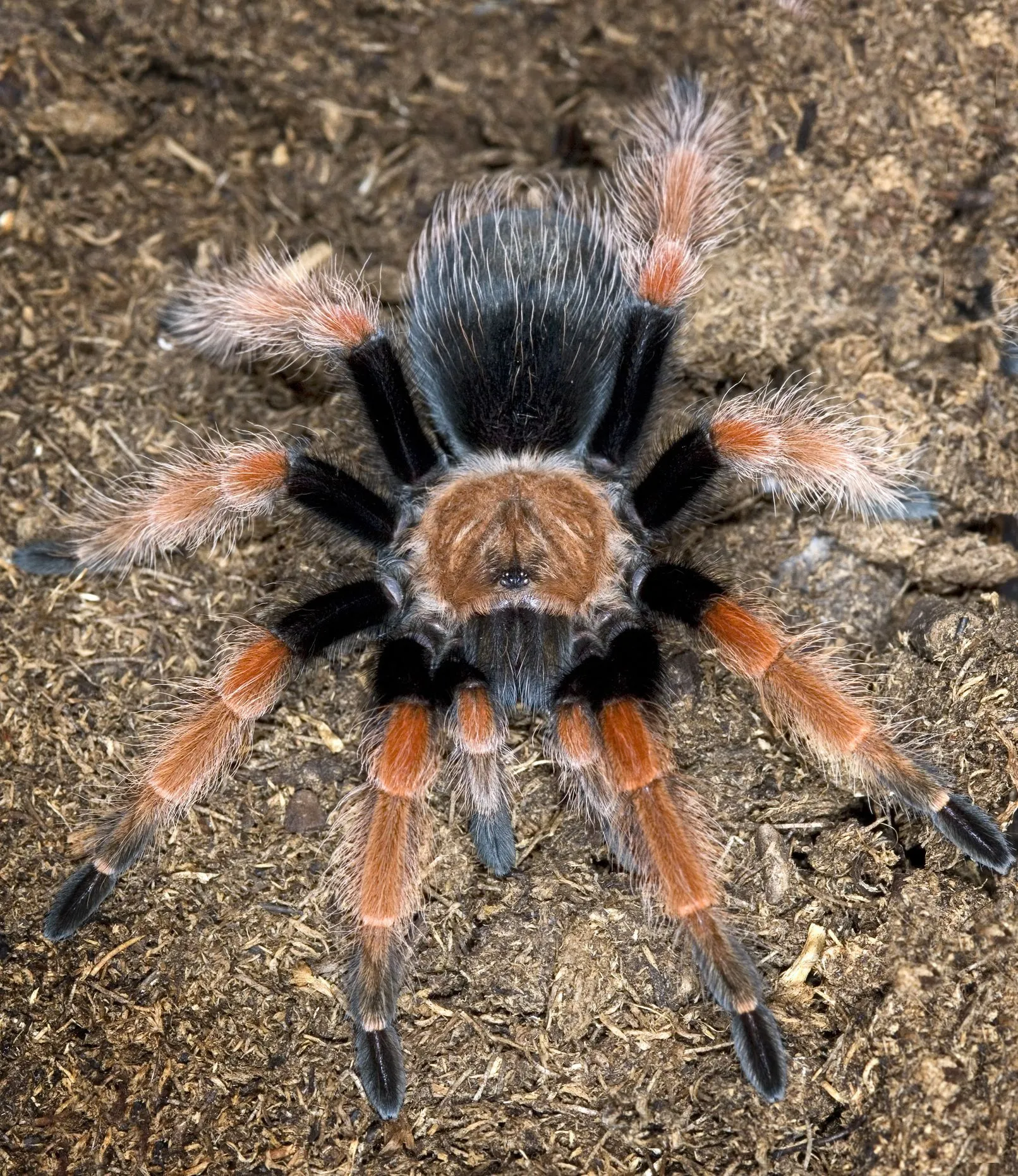
Handling tarantulas is a personal choice. While some owners enjoy handling their pets, it’s crucial to prioritize safety and the tarantula’s well-being. Learn the correct handling techniques and understand your tarantula’s temperament before attempting to handle it. Always handle your tarantula over a soft surface to minimize the risk of injury if it falls. Be calm and slow in your movements. Avoid sudden gestures that could startle the tarantula. Handling should only occur when necessary, and always prioritize the tarantula’s comfort and safety. A comfortable tarantula is a happy tarantula.
How to Handle Your Tarantula
If you choose to handle your tarantula, do so with caution and respect. Wash your hands before handling to remove any scents or substances that could agitate the tarantula. Use a gentle and supportive approach, allowing the tarantula to walk onto your hand. Avoid grabbing or squeezing the tarantula, as this can cause stress and potentially lead to a bite. Keep the movements slow and steady, and avoid any sudden changes in height or position. Be aware of the tarantula’s position and body language at all times, and if it shows signs of stress, such as lifting its front legs, slowly return it to its enclosure. Patience and gentleness are the key to successful handling.
Recognizing and Avoiding Bites
Tarantula bites are rare but can happen, especially if the tarantula feels threatened. Most tarantula bites are not medically significant, but it’s important to know how to avoid them. Be aware of the signs of a tarantula preparing to bite. A defensive posture involves raising its front legs and fangs. Do not provoke the tarantula. Avoid touching the tarantula directly. If bitten, stay calm and clean the area. If you experience any severe symptoms, seek medical attention. Understanding the potential risks associated with bites and using appropriate handling techniques are very important for the safety of both you and your pet. Knowledge and cautiousness are essential to keep you safe.
Tarantula Molting and Health
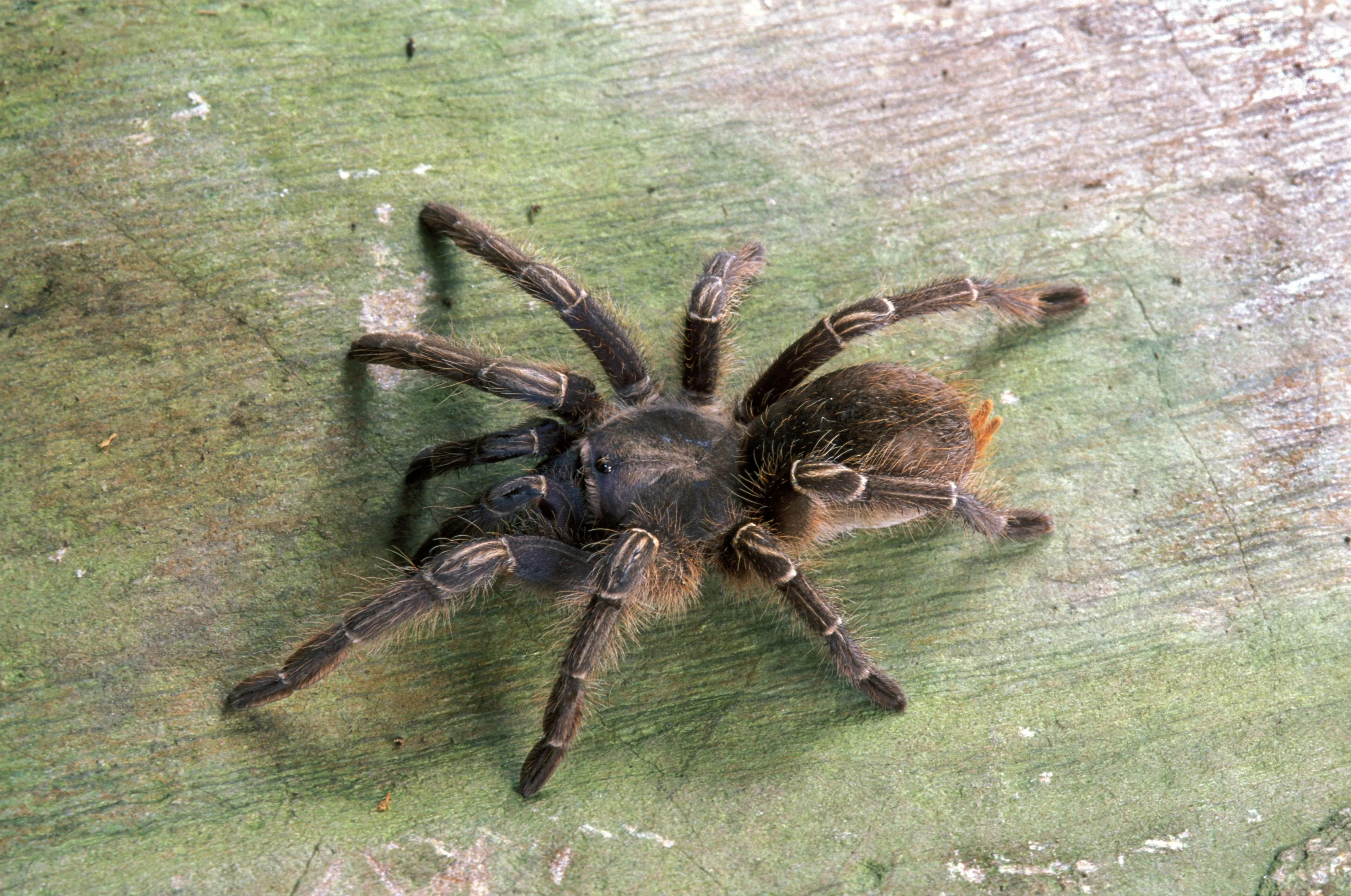
Molting is a natural and essential process for tarantulas. It involves shedding their exoskeleton to grow. Understanding the molting process and recognizing any health issues is vital for ensuring your tarantula’s well-being. During molting, tarantulas become vulnerable, so it is essential to provide them with a safe and stress-free environment. A healthy molting process indicates that your tarantula is growing and developing properly. Providing proper care throughout the process will allow them to thrive. Learning to recognize the signs of a good molt vs. a bad molt will increase the quality of care you can provide.
What is Molting
Molting is a process where tarantulas shed their exoskeleton to grow. During this process, the tarantula creates a new, larger exoskeleton beneath its existing one. Before molting, the tarantula will usually stop eating, become lethargic, and may change its behavior. The tarantula will then lie on its back, and slowly shed the old exoskeleton. The process can take a few hours to an entire day. After molting, the tarantula’s new exoskeleton is soft and vulnerable. Do not disturb the tarantula until its new exoskeleton hardens. This process is very important for the tarantula.
Common Health Issues and Prevention
Tarantulas can be susceptible to certain health issues. Proper care can help prevent most of these. Some common issues include fungal infections, mites, and parasites. Maintain a clean enclosure. Provide proper ventilation and humidity. Regularly inspect your tarantula for any signs of illness, such as lethargy, loss of appetite, or unusual behavior. If you notice any health issues, consult with a veterinarian experienced with exotic pets. Addressing problems early can help ensure your tarantula lives a long, healthy life. Proper maintenance and care will prevent many health concerns.
Tarantula Care Maintenance and Routine
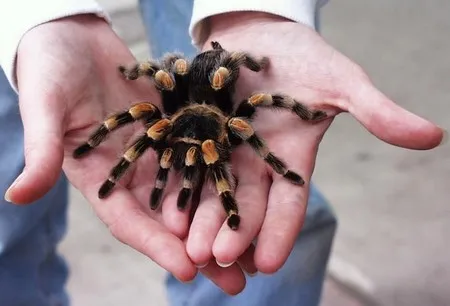
Establishing a regular care routine is essential for maintaining a healthy tarantula. A consistent routine will provide a stable environment and allow you to identify any potential issues early on. This includes tasks such as cleaning the enclosure, providing fresh water, and monitoring the temperature and humidity. By sticking to a care schedule, you can ensure your tarantula receives the proper care. Regularly monitoring your pet will provide important insight. A well-maintained routine helps to ensure that your tarantula thrives.
Cleaning the Enclosure
Regular cleaning is an important part of your tarantula’s care routine. Spot-clean the enclosure weekly, removing any uneaten food, molts, or waste. Replace the substrate every few months, or as needed, to maintain hygiene and prevent mold growth. Clean the enclosure completely, including decorations and the tank itself, every 6–12 months or as needed, depending on the species. Use a mild disinfectant or soap and water. Thorough cleaning keeps the environment safe and healthy. Proper hygiene helps to prevent the build-up of bacteria and fungi that could harm your tarantula. Cleaning also helps maintain good hygiene and keeps the enclosure looking fresh.
Watering and Hydration
Providing fresh water is critical for your tarantula’s hydration. Always have a shallow water dish in the enclosure. Refill the water dish regularly, preferably daily. Use a water dish that is shallow enough to prevent drowning, but large enough for your tarantula to drink. Mist the enclosure with water, especially for species that require higher humidity. This provides an additional source of hydration. Make sure the water is clean and free of any contaminants. Providing fresh water at all times will help your tarantula to stay hydrated and healthy. Adequate hydration is essential for their health.
Final Thoughts on Tarantula Care
Caring for a tarantula can be a rewarding experience. By following these guidelines, you can provide a healthy and enriching environment for your pet. Always remember to research the specific needs of your tarantula species. Be patient, observe your tarantula closely, and enjoy the unique experience of owning these amazing creatures. A well-cared-for tarantula can live for many years, providing you with endless opportunities for learning and observation. Enjoy the journey of tarantula care and the special bond you will share with your pet. The knowledge and care that you provide will ensure that your tarantula thrives.
